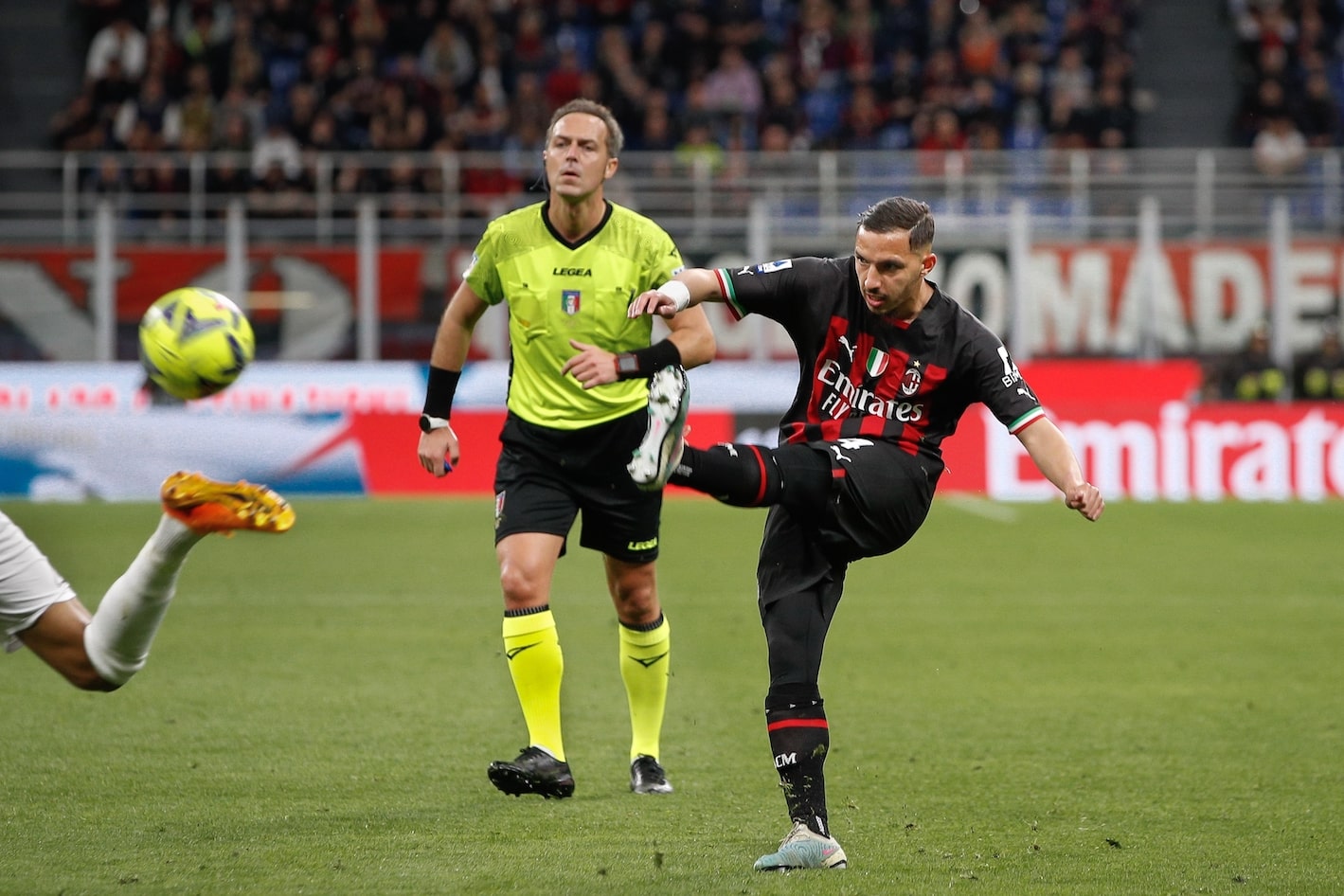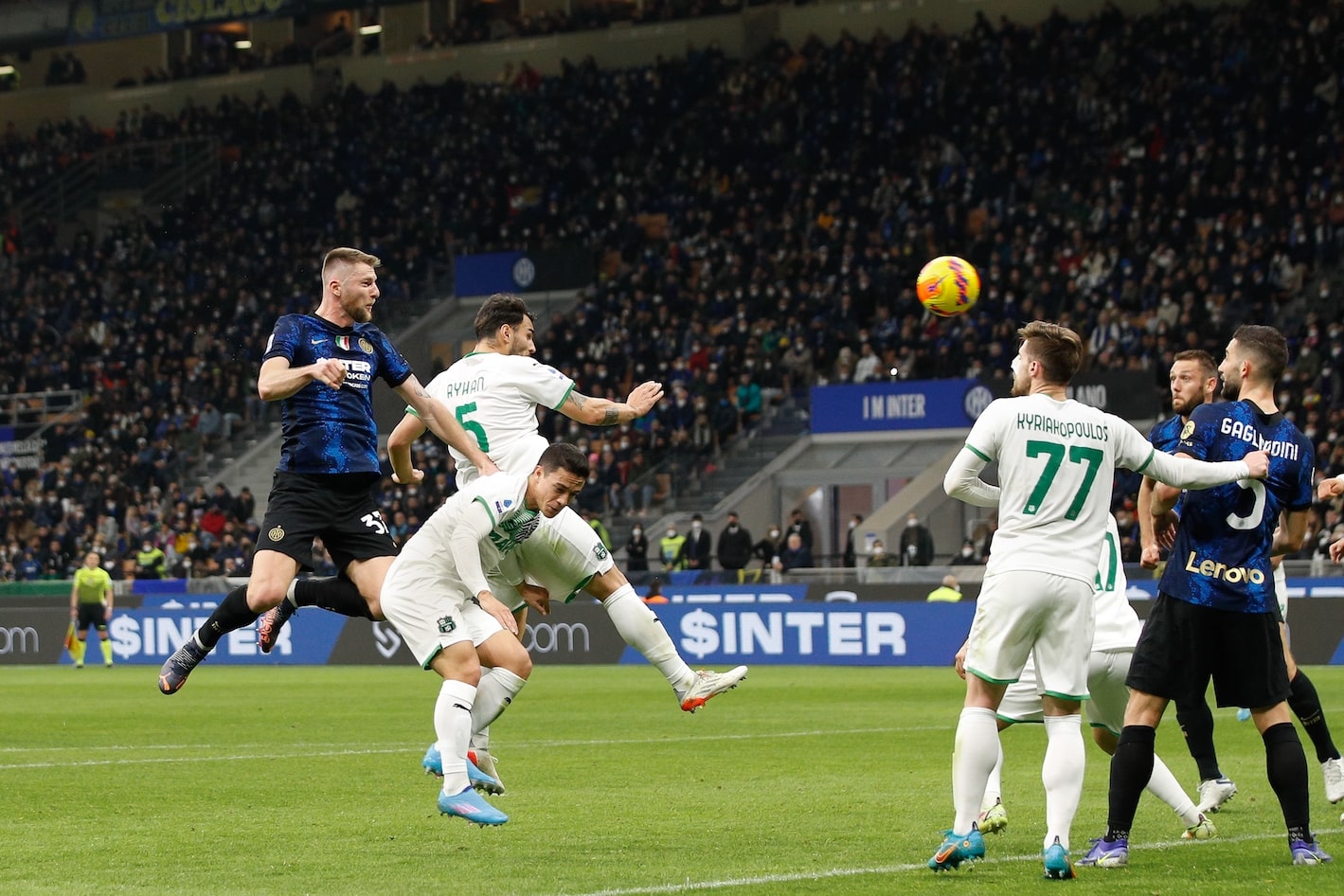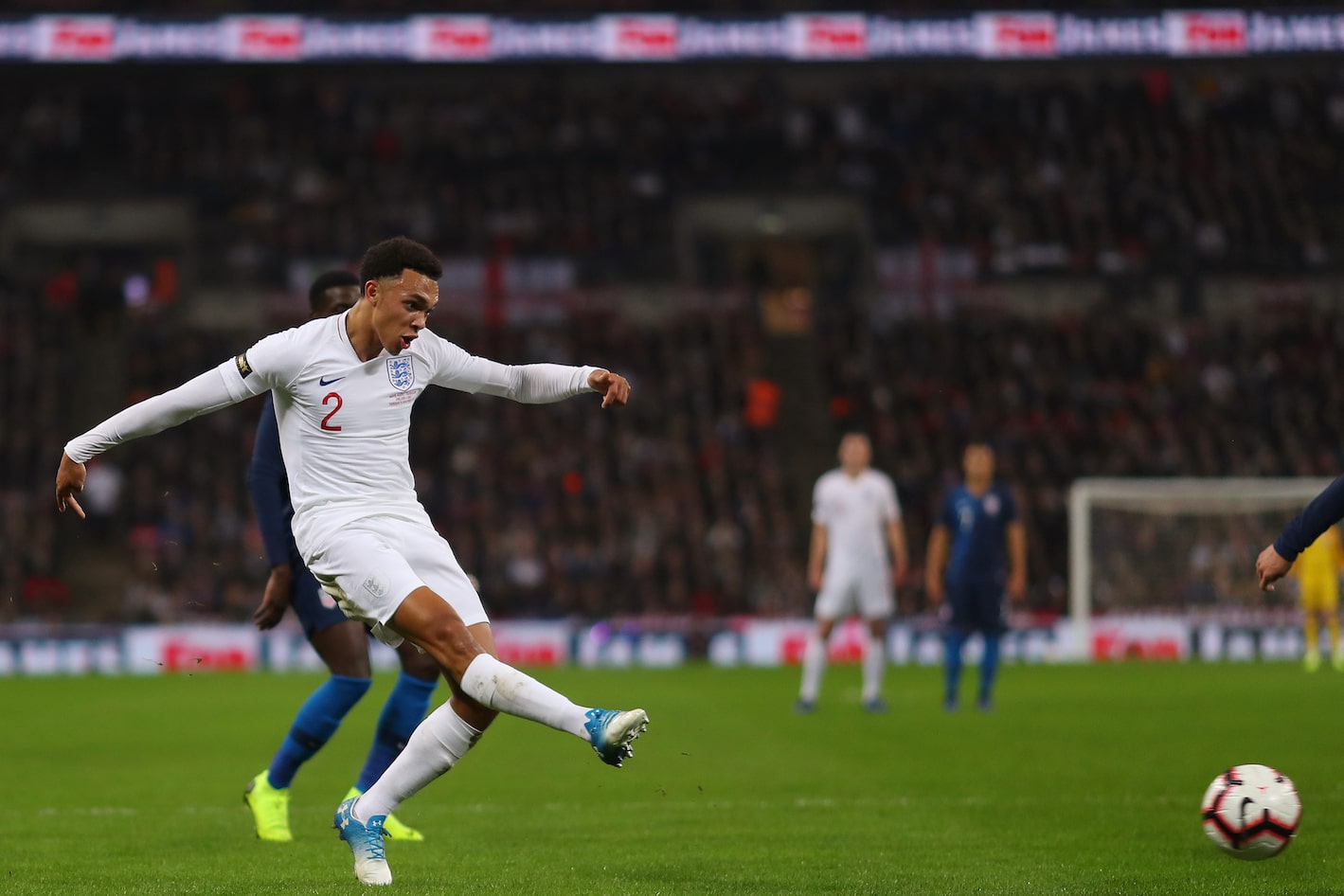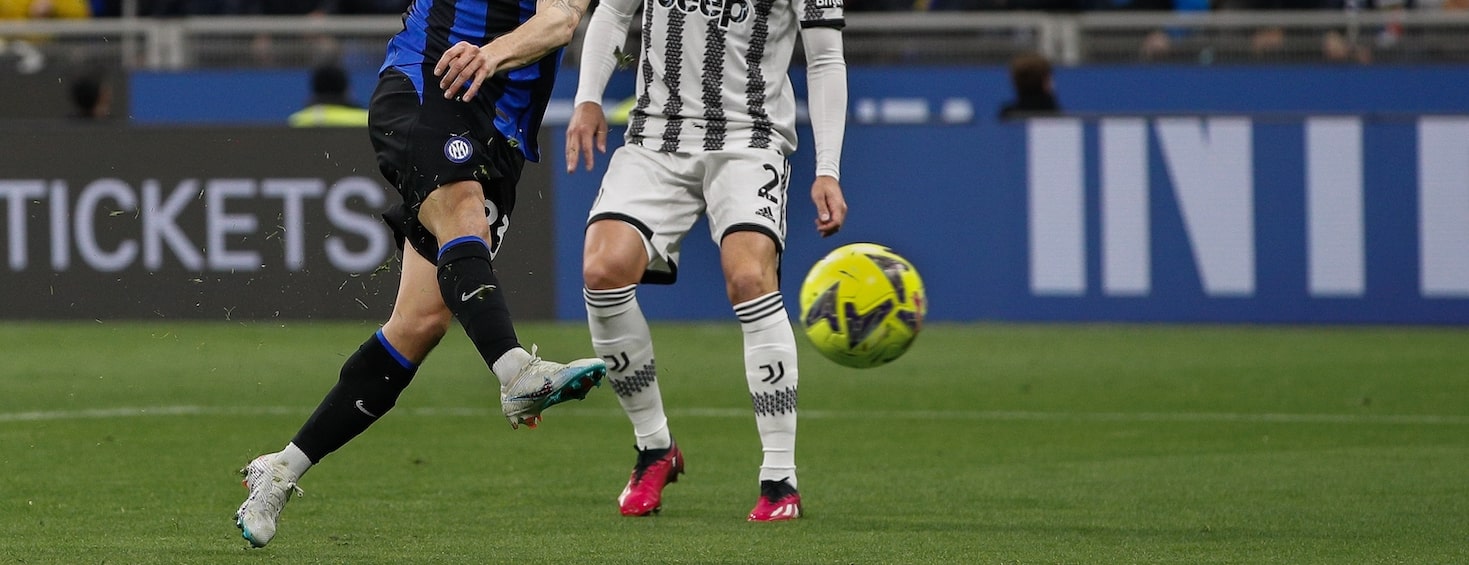In soccer, crosses can make or break a game. They are essential for attacking play, but can also be a nightmare for defenders. In this blog post, we will explore everything you need to know about crosses in soccer: from the basics of crossing technique and drills to improve it, to defending against them effectively. Whether you are a coach or professional player looking to improve your skills on the pitch, this is an article not to be missed!
What Are Crosses in Soccer?
Crosses in soccer refer to a type of pass made from the wings towards the center of the opponent team's box. The objective is to create scoring opportunities by delivering balls into dangerous areas that players can attack and score. Crosses can be delivered either shallow or deep, depending on where attackers are positioned.

Centers and forwards usually specialize in receiving crosses as they position themselves inside or around the penalty area waiting for an opportunity to head or volley the ball into goal. Defenders also need to be aware of crosses when playing against teams with good crossers as they may have to clear them out before attackers get a chance at heading them into goal. Overall, crossing is an important weapon in modern football that requires good technique, coordination, and timing amongst players within a team.
Types of Crosses
In-swinging crosses are a common type of cross in soccer where the ball is kicked from the outside to the inside, towards the box or centre. This type of cross can create confusion for defenders and is ideal for attacking players to head or volley into goal.
Low crosses are hit hard across goal, making it difficult for defenders to clear with their heads and allowing an attacker running onto it an easy finish.
Out-swinging crosses are similar to in-swinging crosses but instead, they are kicked from inside towards the outside of the field. These types of crosses tend to be deeper and can find players at far post positions or beyond.
Low crosses involve kicking the ball along ground level, which makes it harder for defenders to clear with their heads. They're usually hit hard across goal so that an attacker running onto it has an easy finish. These types of crosses work well when there is no time/space available for lifting a lofted pass into dangerous areas such as corners or around crowded penalty boxes.
The Importance of Crosses in Soccer
Crosses play a crucial role in soccer, and can greatly impact a team's success on the field. Crosses are an effective way of creating goal-scoring opportunities as they allow players to deliver the ball into the box where strikers can finish with either their head or foot. When executed correctly, crosses put pressure on the opposition defense as they are forced to defend against aerial attacks from deep within their own half. This not only creates space for attackers but also opens up opportunities for shots outside of the box.
Furthermore, crosses have the ability to stretch the opposition defense by pulling defenders out of position and creating gaps that attackers can exploit. By delivering early crosses from wide areas towards either side of the center or even deep into opposing territory, teams force defenders to make decisions quickly which often leads to mistakes that result in goals. In summary, mastering different types of crosses is essential for coaches at all levels looking to improve their team's attacking potential and overall performance on match day.
Crossing Technique
For a successful crossing technique, foot placement and body positioning are crucial. The supporting foot should be placed next to the ball and pointed towards the target while the kicking foot is swung back for power. Body positioning should also be squared towards the target with hips facing forward, allowing for maximum accuracy in direction.
When it comes to elevation and power in crosses, it's important to strike underneath the middle of the ball with a sweeping motion of the leg. This will create lift on the ball while still maintaining enough velocity for distance. Aim for an area just behind or above attacking players where they can best challenge defenders.

Timing and accuracy are essential components that separate good crosses from great ones. Timing involves recognizing when space opens up in dangerous areas, then delivering a well-placed cross before defenders have time to block it off. Accuracy is improved by consistent practice on both short- and long-range crosses at varying heights and speeds – all designed so attackers have their optimal chance of scoring goals!
Proper Foot Placement and Body Positioning
Using the instep of your foot is essential for accurate crosses. By striking the ball with the instep, you can control its direction and power better than if you were to use any other part of your foot. It's important to make sure that your foot makes contact with the ball in a clean and precise manner, so practice this technique consistently during training sessions.
Proper body positioning is also crucial when crossing the ball. To generate more power in your cross, position yourself perpendicular to where you want to send it. This will allow you to swing your leg through at a greater angle and get more momentum behind the kick. Additionally, ensure that your knee stays over the ball when crossing - this helps maintain accuracy and prevents mishits which can lead to turnovers or missed opportunities on goal.
By mastering proper foot placement and body positioning techniques as outlined above, players can significantly improve their ability to execute successful crosses during gameplay situations which will ultimately benefit team performance overall.
Elevation and Power
To increase elevation on crosses, adjusting the angle of approach is key. Here are some tips to help your players elevate their cross game:
- Encourage them to approach the ball at an angle
- Keep their eyes on the ball and aim for the top half of it
- Focus on striking through the ball
Strengthening core muscles is crucial in generating power in crosses. Try incorporating these exercises into your training sessions:
- Planks and side planks
- Russian twists with a medicine ball
- Bicycle crunches
Wind direction can greatly affect the amount of power needed in a cross. If you're playing against a headwind, more force will be required to push the ball towards its intended target. On windy days, consider having your players opt for low-driven crosses instead of high-flying ones that could get caught up in gusts.

By fine-tuning both elevation and power, your team will have a greater chance of scoring off those all-important crosses.
Timing and Accuracy
When it comes to delivering accurate crosses in soccer, timing and anticipation are crucial. Techniques for judging distance and predicting the movement of your teammates can make all the difference in creating scoring opportunities. Here are some tips on how to improve timing and accuracy when crossing:
- Anticipate where your teammate will be before they get there
- Take note of their body language and movements to predict their next move
- Judge distance by focusing on specific points (such as the top corner of the goal)
- Use visual cues from teammates, such as eye contact or hand gestures
In addition, using these techniques can also help improve overall communication among team members during matches. By practicing these skills during training sessions, players can become more confident in their ability to accurately deliver crosses into the penalty area.
Drills to Improve Crosses
Crossing is an essential skill in soccer and can be a game-changer for any team. To improve crosses, there are various drills that players can practice individually or as a team. One effective individual drill is the "Cone Cross" where the player dribbles towards cones placed at different angles and distances while crossing the ball to hit specific targets. Another great individual drill is "Wall Passes", where two players pass back and forth using one-touch passes before hitting a cross.
For teams, "Three vs Three Crossing" is an excellent drill that focuses on teamwork, communication, and accuracy when crossing the ball. In this drill, three attackers go against three defenders with multiple balls in play simultaneously; attackers aim to score by receiving a cross from their teammates after passing it around until they find an opening in defense. The coach should emphasize proper technique during these drills while providing feedback to help players improve their crossing skills quickly.
Crossing Drills for Individuals
Technique-based drills are essential for players who want to perfect their skills in crosses. These drills focus on practicing proper form, foot placement, and body positioning. An example of a technique-based drill is the 'Ladder Drill,' where players practice crossing while moving through an agility ladder.

Speed and agility-based drills are also crucial since they mimic game situations where players need to cross quickly while running at varying speeds. A good example of such a drill is 'The Star Drill', which involves sprinting from one cone to another as fast as possible before making a cross at each location.
Target Practice Drills allow players to aim for specific targets either on the field or with a partner. These types of exercises improve accuracy, precision, and confidence in crosses. One example would be using cones placed in different areas around the goal post that the player has to hit when attempting their crosses.
Overall bullet points:
- Technique-Based Drills (e.g., Ladder Drill)
- Speed and Agility-Based Drills (e.g., The Star Drill)
- Target Practice Drills (e.g., Cone Targets)
By incorporating these three types of Crossing Drills into soccer training sessions, coaches can help their team excel during matches by improving accuracy, speed, technique and overall performance when crossing the ball into scoring positions on offense.
Crossing Drills for Teams
Small-sided games focused on crossing are a great way to train team coordination and communication. One popular drill involves dividing the players into two teams of six, with each team taking turns attacking and defending. The objective is for the attacking team to score by successfully crossing the ball past defenders and into designated scoring zones. This drill emphasizes quick decision-making, precision passing, and effective positioning.
Full-field scrimmage scenarios with an emphasis on crossing can help reinforce these skills in a game-like environment. Try dividing your squad into two evenly matched teams that play out a full 90-minute match while focusing on crosses as their primary offensive strategy. Encourage your players to experiment with different types of crosses from various positions on the field, such as low-driven balls or high-arching lobs that target specific areas of the box.

Set-piece practice (corners, free kicks) that involve crosses provide an opportunity for coaches to hone their team's aerial prowess while also capitalizing on scoring opportunities near goal-mouths. Set up drills that simulate common set-piece situations during matches - one example would be practicing corner kicks from both sides of the pitch against live opposition defense lines - so players can develop better timing and execution when it comes time for game day action in real-life situations involving crosses in soccer.
Defending Against Crosses
Limiting crosses is a key part of effective soccer defense. Defenders should aim to position themselves in the way of oncoming crosses, blocking off attackers attempting to make their way into the box. Communication between defenders and goalkeepers is also crucial - ensuring that each player knows their respective roles during a cross will reduce confusion and increase chances of success.
Drills that can improve cross defense include practicing defending corners, attacking players performing crosses from different angles, and training defenders to identify which players are likely to attempt a cross before they have even received the ball. Keeping an open mind when it comes to defensive strategies can also help coaches stay ahead of opposing teams' offensive game plans and keep their own team's goals conceded count low.
Defensive Strategies
Stay compact in the box to limit space for crosses. This defensive strategy involves keeping your team tightly packed within the penalty area to limit the amount of space attackers have to work with when delivering a cross. By maintaining this shape, defenders are able to quickly close down any crosses that come their way and prevent opposing players from finding open spaces.
Man mark opposing players making runs into the box. Man marking is an effective way of neutralizing attacking threats by assigning a defender to closely monitor an individual player's movements throughout the game. When it comes to defending against crosses, man marking can be particularly useful as it allows defenders to stick with their assigned player even if they make runs into dangerous areas of the box.
Use zonal marking to cover dangerous areas of the box. With zonal marking, defenders are responsible for specific zones within the penalty area rather than individual players. This approach works well when defending against crosses because it allows for greater coverage across different areas of danger in front of goal and ensures that all potential targets are covered at all times regardless if there are changes on who enters these zones during attacking play.
Drills to Improve Cross Defense
Practice positioning and timing for interceptions to improve cross defense. Set up a drill where two players stand in the box, with one player crossing from the flanks. The defender must try to position themselves correctly and time their jump to intercept the ball before it reaches the attacker. Repeat this drill on both sides of the pitch while increasing speed and difficulty gradually.

Simulate match situations with attackers crossing from different angles to challenge defenders during training sessions. Create scenarios where attackers are coming in at different speeds, heights, or angles while crossing into the box. This will help defenders learn how to adapt quickly and effectively defend against crosses from any direction.
Include communication drills among defenders as part of cross defense training sessions. Good communication is essential when defending crosses because multiple players need to work together efficiently. Incorporate drills that encourage clear communication between players such as shouting out instructions or using hand signals during game-like situations so that everyone understands their role in defending against an incoming cross accurately.


Improve Your GameJust 1.99 p/m
Exclusive drills and sessions, get involved today!
- 100’s of Drills
- Coach to Camera Videos
- Sessions from Pro’s
- Industry Leading Advice



Cupello
Rethinking soccer coaching via our industry leading tools. Built to offer effective coaching development solutions for players and coaches of all levels.